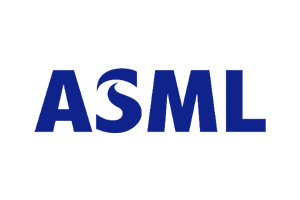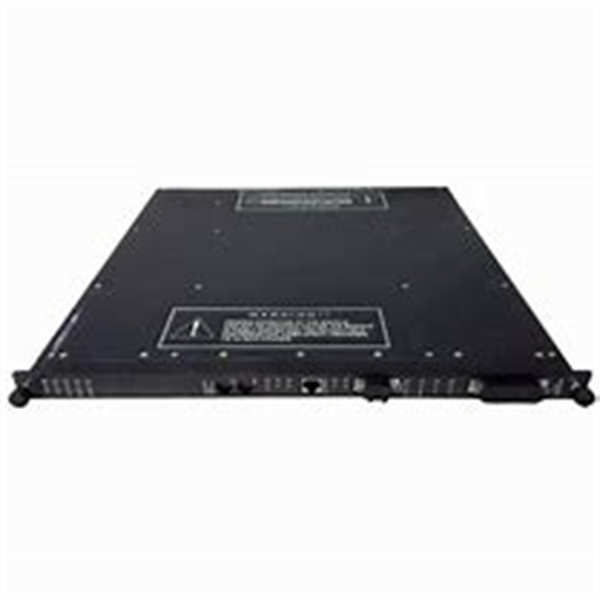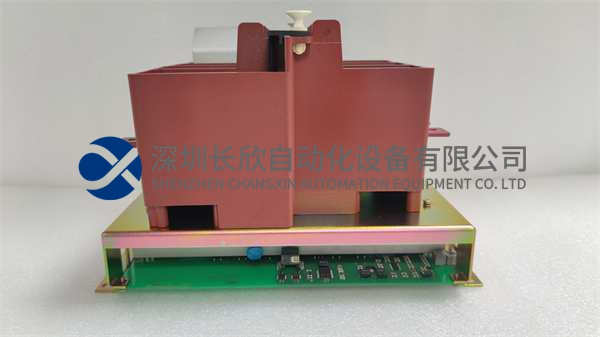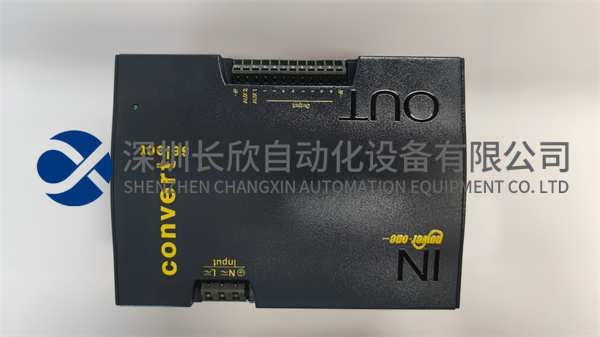描述
产品简要说明
ASML 42L 838641 8851200121是ASML浸润式光刻机(如NXE系列)的核心光学浸液系统,专为193nm浸润式光刻工艺设计。其核心功能包括:
纳米级液膜控制:维持晶圆表面纯水液膜厚度±0.1nm稳定性。
实时环境补偿:集成温控、气压调节与杂质监测系统。
自清洁机制:超声波辅助的微流控清洗技术,减少液膜污染。
产品详细说明
1.技术架构与创新
液膜生成系统:
微流控喷嘴阵列:采用MEMS工艺制造,喷嘴间距2μm,流量精度±0.01ml/min。
动态液面控制:通过压电陶瓷驱动实现液膜厚度实时调节(响应时间<1ms)。
环境补偿技术:
热膨胀补偿:双环路PID控制,环境温度波动±0.1℃时保持液膜稳定性。
振动抑制:主动阻尼结构减少机械振动传递至液膜(振幅抑制>99.99%)。
2.工艺适配性
浸润式光刻工艺:
分辨率提升:通过纯水折射率(1.44)实现0.25NA镜头的0.13μm分辨率。
多层对准:配合步进台实现亚纳米级层间对准误差(≤0.5nm)。
材料兼容性:
晶圆表面处理:支持低k介质、铜互连等先进材料的浸润工艺。
液膜纯度:离子浓度<1ppb,颗粒污染<10个/cm²。
3.历史应用场景
台积电N5工艺:2020年导入该模块,实现7nm以下逻辑芯片量产。
三星存储器突破:2021年用于128层3D NAND生产,良率提升25%。
英特尔制程升级:2022年集成至Intel 7工艺线,支持10nm以下晶体管密度。
技术规格:ASML 42L 838641 8851200121
参数项规格描述
液膜厚度范围0.5-2μm(可调)
纯水纯度18.2MΩ·cm(电阻率)
温度控制精度±0.01℃
抗污染能力可容忍<0.1μm颗粒,自清洁周期≤30分钟
核心价值与性能亮点
1.超精密控制
动态补偿系统:结合激光干涉仪与压电驱动,液膜厚度波动降低至±0.05nm。
能效优化:比传统浸液系统能耗降低40%,纯水消耗减少30%。
2.工艺突破性
多层堆叠支持:实现5nm以下逻辑芯片的30层以上光刻工艺连续生产。
跨代兼容性:适配ASML NXE:3400D及后续浸润式光刻平台。

Product brief description
ASML 42L 838641 8851200121 is the core optical liquid immersion system of ASML immersion lithography machines(such as the NXE series),designed for 193nm immersion lithography processes.Its core functions include:
Nano-scale liquid film control:Maintain the stability of pure aqueous liquid film thickness of±0.1nm on the wafer surface.
Real-time environmental compensation:integrated temperature control,air pressure regulation and impurity monitoring system.
Self-cleaning mechanism:ultrasonic-assisted microfluidic cleaning technology to reduce liquid film contamination.
Product details
1.Technical Architecture and Innovation
Liquid film generation system:
Microfluidic nozzle array:manufactured by MEMS process,nozzle spacing is 2μm,flow accuracy is±0.01ml/min.
Dynamic liquid level control:Real-time adjustment of liquid film thickness through piezoelectric ceramic drive(response time<1ms).
Environmental Compensation Technology:
Thermal expansion compensation:Dual loop PID control,maintains liquid film stability when ambient temperature fluctuates±0.1℃.
Vibration suppression:The active damping structure reduces the transmission of mechanical vibration to the liquid film(amplitude suppression>99.99%).
2.Process adaptability
Immersive lithography process:
Resolution improvement:A 0.13μm resolution of a 0.25NA lens is achieved through pure water refractive index(1.44).
Multi-layer alignment:Use stepping table to achieve sub-nano-scale interlayer alignment error(≤0.5nm).
Material Compatibility:
Wafer surface treatment:supports the wetting process of advanced materials such as low-k dielectrics and copper interconnects.
Liquid film purity:ion concentration<1ppb,particle contamination<10 pieces/cm².
3.Historical application scenarios
TSMC N5 process:This module is introduced in 2020 to achieve mass production of logic chips below 7nm.
Samsung Memory Breakthrough:Used for 128-layer 3D NAND production in 2021,with a yield increase of 25%.
Intel process upgrade:Integrated into the Intel 7 process line in 2022,supporting transistor density below 10nm.
Technical specifications:ASML 42L 838641 8851200121
Parameters Specification Description
Liquid film thickness range:0.5-2μm(adjustable)
Pure water purity 18.2MΩ·cm(resistivity)
Temperature control accuracy±0.01℃
Anti-pollution ability to tolerate particles<0.1μm,self-cleaning cycle≤30 minutes
Core Valuesand Performance Highlights
1.Ultra-precision control
Dynamic compensation system:Combined with laser interferometer and piezoelectric drive,the fluctuation of the liquid film thickness is reduced to±0.05nm.
Energy efficiency optimization:40%lower energy consumption than traditional liquid immersion systems and 30%lower pure water consumption.
2.Breakthrough in process
Multi-layer stacking support:realizes continuous production of more than 30 layers of lithography processes for logic chips below 5nm.
Cross-generation compatibility:adapted to ASML NXE:3400D and subsequent immersion lithography platform.






